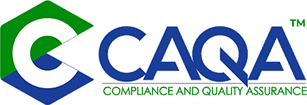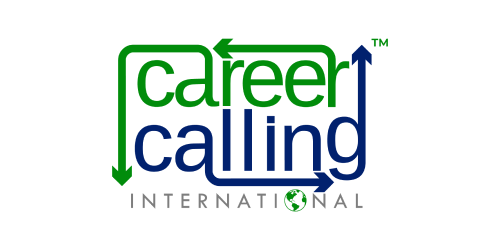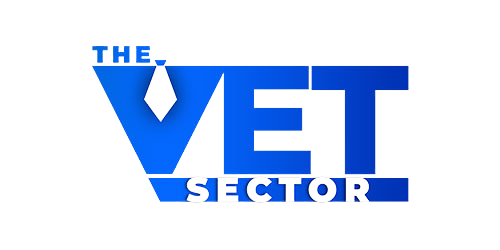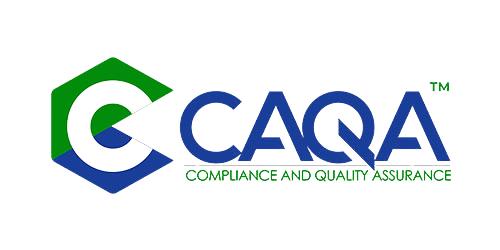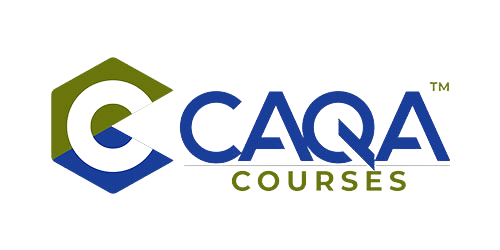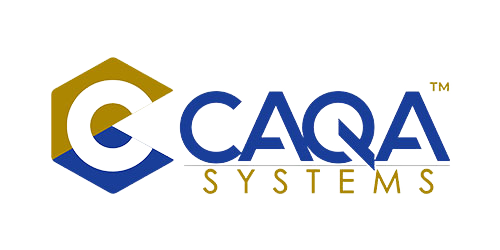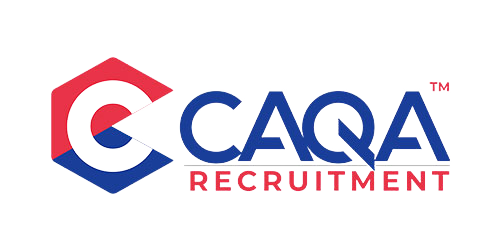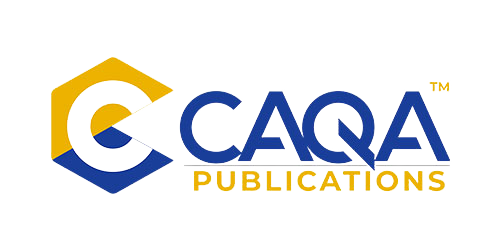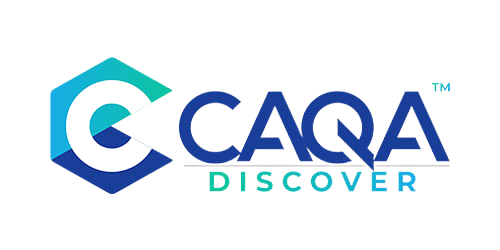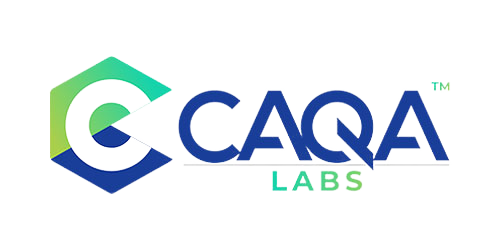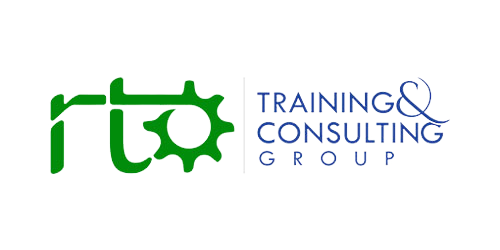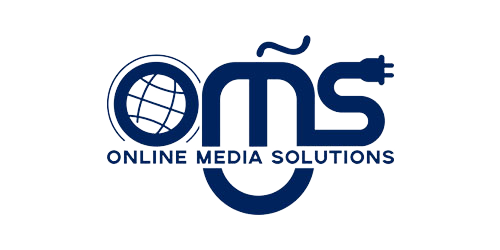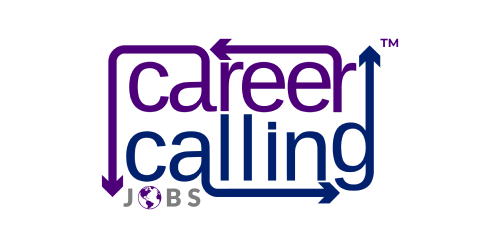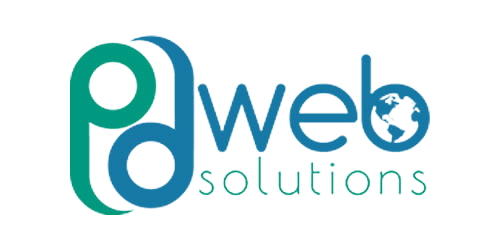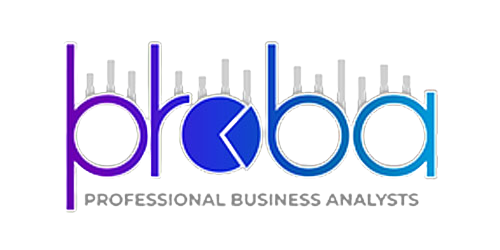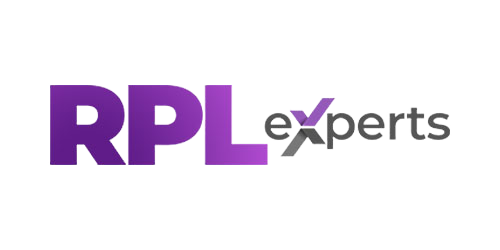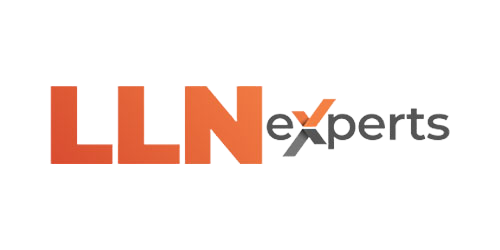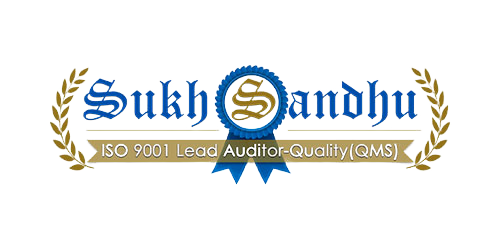Abstract
Creating a culture of compliance excellence in the vocational education and training (VET) sector requires more than meeting regulatory requirements; it demands a mindset shift where compliance is embedded into organisational identity, guiding decision-making and shaping every learner and staff interaction. This cultural transformation begins with visible leadership commitment, extends to organisation-wide engagement through compliance champions, and thrives on clear communication, continuous improvement, and sustained staff wellbeing. By viewing compliance as a strategic enabler rather than an administrative burden, RTOs can transform regulatory obligations into catalysts for quality, innovation, and trust. This article explores the foundational pillars of a genuine compliance culture, drawing on best practice approaches aligned with the Standards for RTOs 2025 and the Australian Skills Quality Authority’s (ASQA) risk-based regulation framework.
The Shift from Obligation to Ownership
In many Registered Training Organisations (RTOs), compliance is unfortunately still perceived as an external imposition, something inflicted upon the organisation rather than integrated within its core operations. This perspective is typically driven by external requirements and enforced through audits, leading to a largely reactive mindset. The consequences of this reactive approach are often evident in last-minute documentation scrambles, superficial fixes designed to appease auditors, and a pervasive culture where compliance is viewed with apprehension and fear, rather than being embraced as a fundamental aspect of quality.
Moving from this mindset of obligation to one of true ownership necessitates a profound redefinition of compliance. It must be transformed from a burdensome requirement into an internal commitment to excellence. When compliance is viewed through this lens, it becomes a direct reflection of the organisation’s deeply held values and a tangible expression of its unwavering promise to its diverse stakeholders—including learners, employers, and regulatory bodies. This shift is not merely about adhering to rules; it's about embedding a culture of quality and integrity at every level.
The journey towards ownership begins with an honest and introspective assessment of the organisation’s existing cultural landscape. Key questions must be asked to gauge the current state: Are staff members genuinely empowered to speak up about potential compliance risks and systemic issues without fear of reprisal? Do they intrinsically understand and accept quality assurance as an integral part of their daily responsibilities, rather than an add-on task? Critically, do leaders within the RTO actively demonstrate and champion exemplary compliance behaviours, thereby setting a clear example for the entire organisation?
This pivotal shift requires more than just the implementation of new policies and procedures; it demands a deeper, more holistic integration of compliance principles. These principles must be woven into the very fabric of the organisation’s strategic planning processes, ensuring that compliance considerations are at the forefront of every long-term decision. Furthermore, compliance must be explicitly linked to performance metrics, making it a measurable and accountable aspect of individual and team performance. Most importantly, compliance principles need to permeate everyday decision-making at all levels, from the most senior leadership to front-line staff. This comprehensive integration ensures that compliance becomes an intrinsic part of the RTO's DNA, fostering a proactive and excellence-driven culture where adherence to standards is a natural outcome of genuine commitment.
Leadership Commitment – The Catalyst for Cultural Change
Leadership commitment is the foundation of a thriving compliance culture. While verbal affirmations are valuable, they must be backed by visible actions. Leaders set the tone through:
-
Resource allocation – Ensuring compliance teams are adequately staffed, trained, and equipped.
-
Strategic prioritisation – Including compliance in board agendas, strategic plans, and risk registers.
-
Personal engagement – Participating in compliance reviews, attending training sessions, and engaging directly with staff about quality assurance.
In the Australian VET context, this leadership commitment aligns with SRTOs 2025, which emphasise governance and accountability. When leaders personally model compliance behaviours — such as adhering to policies, participating in audits, and acting transparently — they signal that compliance is non-negotiable and fundamental to organisational success.
Cultivating a Culture of Compliance: The Pivotal Role of Leadership
A robust and thriving compliance culture is not merely a bureaucratic checkbox; it is the bedrock upon which organisational integrity and long-term success are built. At its core, this culture is meticulously shaped by the unwavering commitment of its leadership. While verbal endorsements of compliance are a necessary starting point, their true impact is realised only when they are unequivocally reinforced by tangible, visible actions that permeate every level of the organisation. Leaders, through their consistent behaviour and strategic decisions, are the primary architects of the organisational tone, signalling the paramount importance of compliance.
This leadership commitment manifests in several critical dimensions:
Resource Allocation: The Investment in Compliance Infrastructure
A fundamental demonstration of leadership's dedication to compliance is the strategic allocation of resources. This goes beyond mere budgetary provisions; it encompasses ensuring that compliance teams are adequately staffed with competent professionals, equipped with the latest tools and technologies, and empowered through continuous training and professional development. This investment signifies that compliance is not an afterthought but a critical operational function, demanding the same level of support and investment as other core business units. Without sufficient human capital, technological infrastructure, and ongoing upskilling, even the most well-intentioned compliance policies risk becoming ineffective.
Strategic Prioritisation: Elevating Compliance to a Core Business Imperative
For compliance to be truly embedded within an organisation's DNA, it must be strategically prioritised at the highest levels. This involves actively integrating compliance considerations into the board agenda, ensuring it is a standing item for discussion and oversight. Furthermore, compliance objectives must be woven into the fabric of the organisation's strategic plans, guiding decision-making and resource deployment. Crucially, compliance risks must be prominently featured in the organisational risk registers, subjecting them to the same rigorous assessment, mitigation planning, and continuous monitoring as financial or operational risks. This strategic elevation ensures that compliance is not viewed as an isolated function but as an integral component of overall business strategy and risk management.
Personal Engagement: Leading by Example
Perhaps the most powerful testament to leadership's commitment is their personal and visible engagement in compliance activities. When leaders actively participate in compliance reviews, attend and contribute meaningfully to internal audits, and dedicate time to engaging directly with staff about quality assurance processes, they send an unmistakable message. This direct involvement demonstrates that compliance is not a theoretical concept but a living, breathing aspect of daily operations that demands everyone's attention and participation, starting from the very top. Their presence and active participation foster a sense of shared responsibility and underscore the idea that compliance is a collective endeavour, not just the purview of a dedicated team.
Within the Australian Vocational Education and Training (VET) context, this profound leadership commitment finds direct resonance with the Standards for Registered Training Organisations (SRTOs) 2025. These standards unequivocally underscore the critical importance of robust governance and accountability frameworks. When leaders within VET organisations not only articulate but also personally model compliance behaviours – such as diligently adhering to all regulatory policies and procedures, actively participating in and embracing the findings of external and internal audits, and operating with unwavering transparency in all interactions – they transmit an undeniable signal. This signal communicates that compliance is not merely a desirable attribute; it is an absolute, non-negotiable prerequisite for both the sustained success of the organisation and its fundamental ability to deliver high-quality, reputable education and training outcomes. In essence, ethical and compliant leadership serves as the compass, guiding the entire organisation towards a future of integrity, trust, and excellence.
Compliance Champions – Embedding Responsibility at Every Level
Compliance champions are more than just designated individuals; they are active, engaged staff members who voluntarily or by appointment take on the crucial responsibility of championing compliance practices within their specific operational areas. This diverse group can encompass trainers, assessors, administrative personnel, and managers, each contributing their unique perspective and expertise. Their critical functions include:
Acting as first points of contact for compliance questions: They serve as the immediate, accessible resource for colleagues seeking clarification on compliance policies, procedures, or specific scenarios. This frontline support streamlines communication and ensures that concerns are addressed promptly at the departmental level.
Monitoring day-to-day activities for alignment with standards: Compliance champions are vigilant observers, ensuring that daily operations within their purview adhere to established quality benchmarks and regulatory requirements. This proactive monitoring helps identify potential deviations before they become entrenched issues.
Sharing updates, tips, and examples of good practice: They act as internal communicators, disseminating critical compliance updates, offering practical tips for adherence, and showcasing real-world examples of successful compliance practices. This continuous flow of information fosters a learning environment and reinforces desired behaviours.
Helping identify risks and propose solutions before issues escalate: Equipped with an intimate understanding of their department's processes, compliance champions are adept at recognising emerging risks or potential non-compliance situations. They are empowered to propose and implement solutions at an early stage, preventing minor discrepancies from snowballing into significant issues that could impact the RTO's reputation or regulatory standing.
By strategically empowering these compliance champions, Registered Training Organisations (RTOs) effectively cultivate a dynamic network of informed advocates. This network consistently reinforces quality standards across every facet of the organisation, transcending departmental silos. This decentralised approach fundamentally shifts the perception of compliance from an onerous burden solely borne by a specialised team to a shared, collective responsibility. It effectively dispels the notion that compliance is "someone else’s job," embedding it as an intrinsic and valued aspect of every individual's contribution to the RTO's overall success and integrity. The result is a more resilient, proactive, and genuinely compliant organisation.
Communication – The Lifeblood of Compliance Culture
Even the most meticulously designed compliance frameworks can falter if communication is not handled with precision and strategic intent. Effective compliance communication is the bedrock of a resilient RTO (Registered Training Organisation), fostering a culture of adherence rather than mere obligation. It hinges on three critical pillars:
Clarity – Messages must explain not only what the requirement is but also why it matters.
Beyond the "What": Simply stating rules is insufficient. Learners, educators, and administrative staff need to understand the underlying rationale. This involves elucidating the potential risks of non-compliance (e.g., student safety compromises, reputational damage, financial penalties) and the positive outcomes of adherence (e.g., high-quality training delivery, student success, industry recognition).
Contextual Relevance: Linking requirements to real-world scenarios is crucial. For learners, this could mean explaining how specific assessment criteria directly reflect industry competency standards. For trainers, it might involve demonstrating how record-keeping protocols ensure funding compliance and accurate reporting.
Organisational Values & Vision: Aligning compliance messages with the RTO's core values—such as integrity, student-centricity, or excellence—transforms abstract rules into meaningful principles. When staff understand that compliance is an embodiment of the organisation's commitment to quality and ethical practice, buy-in naturally increases. This narrative shift from a bureaucratic burden to a shared responsibility is vital.
Simple Language: Avoid jargon and overly legalistic language. Break down complex regulations into easily digestible information, using examples and case studies where appropriate to illustrate the practical implications of compliance.
Consistency – Mixed messages or sporadic updates undermine trust and lead to confusion.
Regular Cadence: Establish a predictable schedule for compliance updates. This could include weekly or fortnightly compliance bulletins, quarterly compliance review meetings, or dedicated segments in all-staff briefings. Regularity ensures that compliance remains top-of-mind and prevents information overload by delivering it in manageable chunks.
Unified Voice: All communication channels and personnel involved in relaying compliance information must speak with a single, authoritative voice. Discrepancies, even minor ones, can erode confidence and create uncertainty. This requires robust internal communication among leadership, compliance teams, and department heads.
Integrated Communication: Compliance shouldn't be a standalone topic; it should be woven into the fabric of daily operations. For example, during team huddles, discuss how upcoming training sessions relate to specific industry regulations. In performance reviews, incorporate discussions around adherence to professional standards.
Accessibility & Archivability: Ensure that all compliance-related communications are easily accessible and archived for future reference. A dedicated intranet portal, a shared drive with clearly organised folders, or a searchable knowledge base can serve as central repositories for policies, procedures, and past bulletins. This prevents the "I didn't know" excuse and empowers staff to find information independently.
Multi-directionality – Compliance should not be dictated solely from the top down. Staff must have channels to raise concerns, share innovative practices, and contribute to continuous improvement.
Feedback Loops: Create formal and informal mechanisms for staff to provide feedback on existing policies, identify potential compliance gaps, or suggest improvements. This could include anonymous suggestion boxes, dedicated compliance feedback forms, or regular open-door sessions with the compliance officer.
Bottom-Up Insights: Frontline staff often have the most direct experience with operational challenges and can offer invaluable insights into how policies are working in practice. Empowering them to contribute fosters a sense of ownership and can lead to more practical and effective compliance solutions.
Collaborative Problem-Solving: Instead of simply informing staff of issues, involve them in finding solutions. Workshops, focus groups, or cross-functional teams can be highly effective in brainstorming ways to address compliance challenges and implement new requirements.
Culture of Openness: Cultivate an environment where raising concerns is seen as a positive contribution, not a criticism. Assure staff that their input is valued and that there will be no negative repercussions for highlighting potential issues. This psychological safety is paramount for genuine multi-directional communication.
Beyond these three core elements, RTOs can significantly enhance their compliance communication through diverse channels and positive reinforcement:
Formal Training: Structured training sessions, workshops, and induction programs are essential for foundational compliance knowledge, particularly for new staff and in response to significant regulatory changes. These sessions can be interactive, incorporating scenarios and Q&A to reinforce learning.
Team Huddles & Meetings: Regular, brief discussions during team huddles can serve as effective reminders and opportunities to address immediate compliance questions related to ongoing tasks.
Newsletters & Intranet Updates: Digital platforms are excellent for disseminating timely updates, policy changes, FAQs, and success stories. They provide a quick, accessible reference point.
Informal Discussions: Encourage open dialogue among colleagues and between staff and management about compliance matters. A culture where questions are welcomed and openly discussed strengthens understanding and collective responsibility.
Targeted Communication: Recognise that different roles within the RTO may require specific compliance information. Tailor messages to resonate with various departments, addressing their unique operational contexts and responsibilities.
Recognition and Celebration: Publicly acknowledging and celebrating individuals or teams who demonstrate exemplary compliance efforts is a powerful motivator. This shifts the perception of compliance from a burdensome obligation to a source of pride and achievement, reinforcing desired behaviours and creating positive role models within the organisation. This could involve internal awards, mentions in newsletters, or public commendation during meetings.
By meticulously implementing these communication strategies, RTOs can transform compliance from a reactive, fear-driven exercise into a proactive, embedded aspect of their organisational culture, ultimately safeguarding their integrity, reputation, and the quality of education they provide.
Continuous Improvement – Avoiding Complacency
A compliance culture is not static; it must evolve alongside changes in legislation, technology, and learner needs. Continuous improvement is therefore critical.
RTOs should establish regular review cycles for policies, procedures, and training materials, integrating lessons learned from internal audits, student feedback, and ASQA compliance outcomes. Feedback loops are essential: staff should see how their input or incident reports lead to tangible changes in processes or resources.
Action learning approaches — where teams analyse a compliance challenge, brainstorm solutions, test ideas, and review outcomes — encourage creativity and innovation. For example, an RTO may trial a new digital assessment validation tool, review its effectiveness in meeting SRTOs' requirements, and refine its implementation based on results.
Wellbeing and Capacity – Sustaining Compliance Excellence
To sustain and enhance excellence in compliance, RTOs must make deliberate and consistent investments in several key areas:
Professional Development: This is paramount. Regular, targeted training programs are essential to ensure that all staff, from trainers to administrative personnel and compliance officers, remain thoroughly updated on the latest regulatory changes, industry best practices, and technological advancements relevant to compliance. This includes not just understanding what the rules are, but why they exist and how to effectively implement them in daily operations. Investing in certifications and ongoing learning opportunities for compliance teams can also significantly bolster an RTO's overall compliance posture.
Adequate Resources: Compliance cannot be an afterthought or a task squeezed into already overstretched schedules. RTOs must allocate sufficient tools, systems, and, crucially, time for compliance tasks. This means having access to robust compliance management software, efficient documentation systems, and dedicated staff time to proactively address compliance requirements rather than reacting to crises. Sufficient resources also imply access to up-to-date information, legal advice when necessary, and the ability to conduct internal audits and reviews effectively.
Support Structures: The stress associated with compliance responsibilities can be substantial. RTOs need to establish comprehensive support structures that address the well-being of their compliance personnel. This includes providing access to experienced mentors who can offer guidance and share insights, fostering peer networks where compliance officers can collaborate and share challenges, and ensuring the availability of mental health resources to help manage stress and prevent burnout. A supportive environment encourages open communication about compliance challenges and promotes a culture of continuous improvement.
Beyond these investments, recognition is equally vital. Actively celebrating both individual and team compliance achievements plays a crucial role in building morale, reinforcing the importance of quality assurance, and embedding a culture of compliance within the RTO. Whether this recognition comes in the form of formal awards, public acknowledgement during team meetings, internal newsletters, or even simple, heartfelt thank-yous, it fosters a long-term commitment to compliance. Acknowledging diligence and success in compliance demonstrates that the RTO values not just the outcome, but the effort and dedication required to achieve and maintain high standards. This positive reinforcement can significantly motivate staff and solidify compliance as a core value of the organisation.
Compliance Excellence in Practice – A VET Sector Case Perspective
When an RTO faced a critical compliance shortfall during an internal audit, revealing significant gaps in trainer qualifications and assessment validation processes, it was not treated as an isolated incident. Instead, the leadership seized this challenge as a pivotal opportunity to instigate a profound cultural transformation within the organisation. This commitment to genuine change, rather than superficial fixes, ultimately led to remarkable improvements across multiple facets of the RTO's operations.
The transformation was driven by a multi-faceted approach, encompassing:
Decisive Leadership Action: The CEO took immediate and direct responsibility, personally addressing all staff to underscore the gravity of compliance and the organisation's unwavering commitment to rectifying the identified issues. This open and transparent communication from the top instilled confidence and demonstrated a collective ownership of the problem. Crucially, the CEO committed significant resources—both financial and human—to support the necessary changes, signalling that compliance was a strategic priority, not merely an administrative burden.
Empowering Compliance Champions: Recognising that compliance is a shared responsibility, the RTO strategically appointed "compliance champions" within each department. These dedicated individuals were tasked with overseeing the daily adherence to regulatory standards, acting as internal experts, and providing immediate guidance and support to their colleagues. This decentralised approach fostered a sense of ownership and accountability at the departmental level, ensuring that compliance considerations were integrated into everyday workflows rather than being relegated to a distant compliance office.
Robust Communication Plan: To sustain engagement and ensure consistent understanding, a comprehensive communication plan was implemented. This included a regular compliance newsletter, which disseminated updates, best practices, and success stories, keeping all staff informed about ongoing initiatives. Furthermore, monthly workshops were introduced, providing interactive forums for staff to discuss challenges, share insights, and receive targeted training on evolving compliance requirements. This continuous dialogue ensured that compliance remained top-of-mind and that all employees felt equipped and empowered to contribute.
Commitment to Continuous Improvement: The RTO adopted a proactive stance towards compliance, viewing it as an ongoing journey of improvement rather than a static destination. Existing policies and procedures were rigorously reviewed and revised to reflect the latest regulatory standards and best practices. New feedback systems were meticulously designed and implemented to capture frontline challenges and suggestions, enabling the organisation to identify potential issues early and adapt its processes accordingly. This iterative approach fostered a culture of learning and adaptation, ensuring the RTO remained agile in a dynamic regulatory landscape.
Holistic Wellbeing Focus: Acknowledging that compliance pressures can sometimes impact staff morale and productivity, the RTO prioritised employee wellbeing. Workload adjustments were carefully implemented to alleviate excessive burdens on staff involved in the compliance overhaul, ensuring that the process was sustainable. Team-based recognition programs were introduced to celebrate achievements and acknowledge the hard work and dedication of employees in embedding the new compliance culture. By fostering a supportive and appreciative work environment, the RTO reduced stress, improved morale, and ultimately strengthened the collective commitment to compliance.
Within a remarkably short period of 12 months, the results were transformative. The organisation not only achieved full compliance with all relevant regulations but also experienced significant improvements in student satisfaction scores, a clear indicator of enhanced service delivery and educational quality. Furthermore, the RTO forged stronger industry partnerships, demonstrating its renewed credibility and reliability within the vocational education sector. This compelling case study unequivocally demonstrates that cultivating a genuine, deeply embedded compliance culture is not just a regulatory obligation, but a powerful catalyst for delivering measurable, positive benefits across an entire organisation.
Aligning with SRTOs 2025 and ASQA’s Risk-Based Regulation
The forthcoming Standards for RTOs 2025 place a strong emphasis on governance, student protection, and continuous improvement. ASQA’s risk-based regulation approach rewards providers that demonstrate a strong compliance track record, reducing the likelihood of intensive audits.
Creating a culture of compliance excellence directly supports this regulatory model. Providers with embedded compliance systems and proactive risk management are better positioned to anticipate and adapt to changes, thereby reducing compliance risk and enhancing organisational reputation.
Conclusion – The Payoff of Compliance Culture
A compliance culture is not built overnight. It requires consistent leadership, engaged staff, effective communication, continuous improvement, and attention to well-being. In the Australian VET sector, where regulatory frameworks are designed to protect learners and maintain training quality, this culture is not optional — it is essential.
When RTOs shift their mindset from seeing compliance as a regulatory imposition to embracing it as a shared value, they unlock benefits far beyond audit readiness: improved learning outcomes, stronger industry partnerships, enhanced staff engagement, and a resilient reputation.
Frequently Asked Questions (FAQ)
1. What is a compliance culture in the VET sector?
It is an organisational mindset where compliance is seen as integral to quality education, shared across all staff, and embedded in daily operations.
2. How does leadership influence compliance culture?
Leaders set priorities, allocate resources, model compliance behaviours, and ensure that quality assurance is a strategic focus rather than a reactive activity.
3. What are compliance champions, and why are they important?
They are staff members across different roles who promote compliance practices, provide guidance, and monitor daily operations for alignment with standards, helping embed compliance throughout the organisation.
4. Why is communication important in building a compliance culture?
Clear, consistent, and two-way communication ensures staff understand compliance requirements, their purpose, and how they contribute to organisational goals.
5. How does continuous improvement support compliance culture?
It ensures compliance processes remain relevant and effective, adapting to regulatory, technological, and operational changes.
6. What role does staff well-being play in compliance excellence?
Sustaining compliance requires that staff have the resources, training, and support to manage their responsibilities without burnout.
7. How does this align with the Standards for RTOs 2025?
The SRTOs 2025 emphasise governance, student protection, and continuous improvement — all of which are strengthened by a robust compliance culture.
